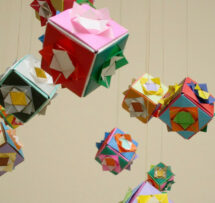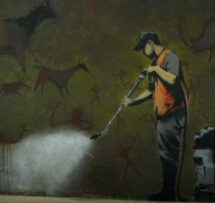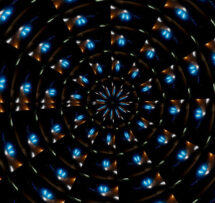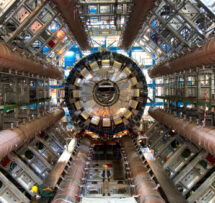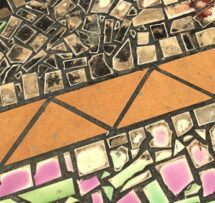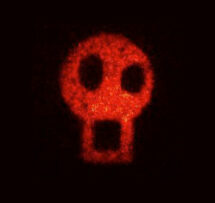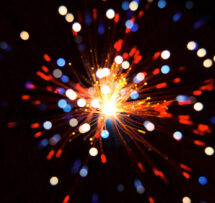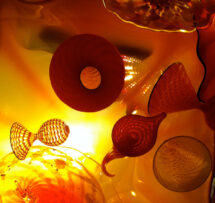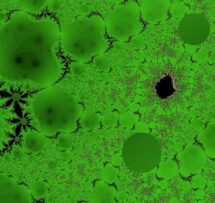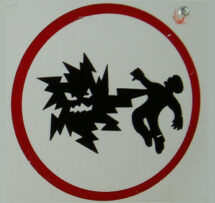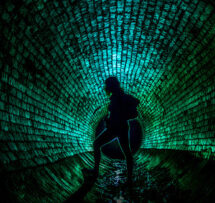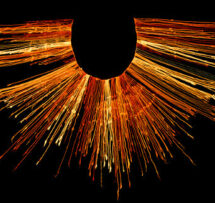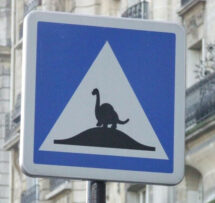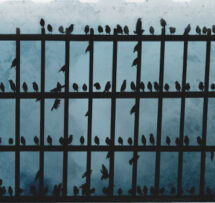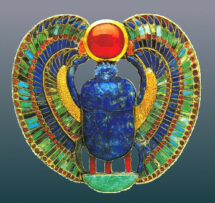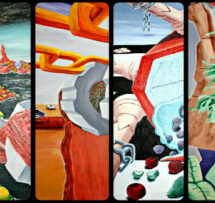Is the world a hologram? Quantum gravity and the holographic principle

What do black holes and superconductors have in common? Can geometry explain the nuclear forces that keep protons together? How many dimensions does our universe have, and does the answer depend on our point of view? Can a world with gravity be the same as one without?
Holograms are special photographs that display a full three-dimensional image of an object on a two-dimensional surface. But clearly, they do not capture all the information about the object since that would be ridiculous, right?
Well, it's not that ridiculous. Theoretical work over the past decades has led scientists to believe that all information in a world which has gravity can be exactly stored on a screen with one dimension less. For our three-dimensional world, this would be a two-dimensional screen.
This idea, usually referred to as "the holographic principle", originated from the study of black holes. But it is ultimately string theory which turned the idea into an actual principle and produced the first precise examples: peculiar theories of gravity for which we understand precisely what the holographic screen is. That was about 20 years ago and has revolutionised the way we think about space, time, and quantum gravity.
In this session of Science & Cocktails Johannesburg, Jan de Boer, visiting from the
University of Amsterdam, will explain how the holographic principle came about and what it implies for our understanding of Nature at the most fundamental level. Guiding us through this very exciting research area, he will show how the holographic philosophy has been applied to a vast range of physical systems to provide unprecedented
insight into their behaviour. Finally, he will give us a glimpse into what applications these ideas might have in the future, from building geometric models of the quark-gluon plasma to manufacturing room-temperature superconductors by studying properties of higher-dimensional black holes.
Afterwards, holographic cocktails at the bar while Stories of Africa, a new ensemble led by Mihi Matshingana, takes the stage with an exciting mix of jazz fusion, ethno jazz and afrosoul.
Image: Green Light (darkday/Flickr)

Jan de Boer
Is the world a Hologram?
What do black holes and superconductors have in common? Can geometry explain the nuclear forces that keep protons together? How many dimensions does our universe have, and does the answer depend on our point of view? Can a world with gravity be the same as one without?
Music by
Stories of Africa
Stories of Africa is a new project led by Mihi Matshingana. The music of the Stories of Africa Ensemble tells stories of Africa, its people and its beauties on a musical landscape. The main genres include jazz fusion, ethno jazz and afrosoul. The ensemble features Mihi Matshingana (vocals), Siphephelo Ndlovu (piano), Amaeshi
Ikechi (bass) and Thomas Nicol (drums).



